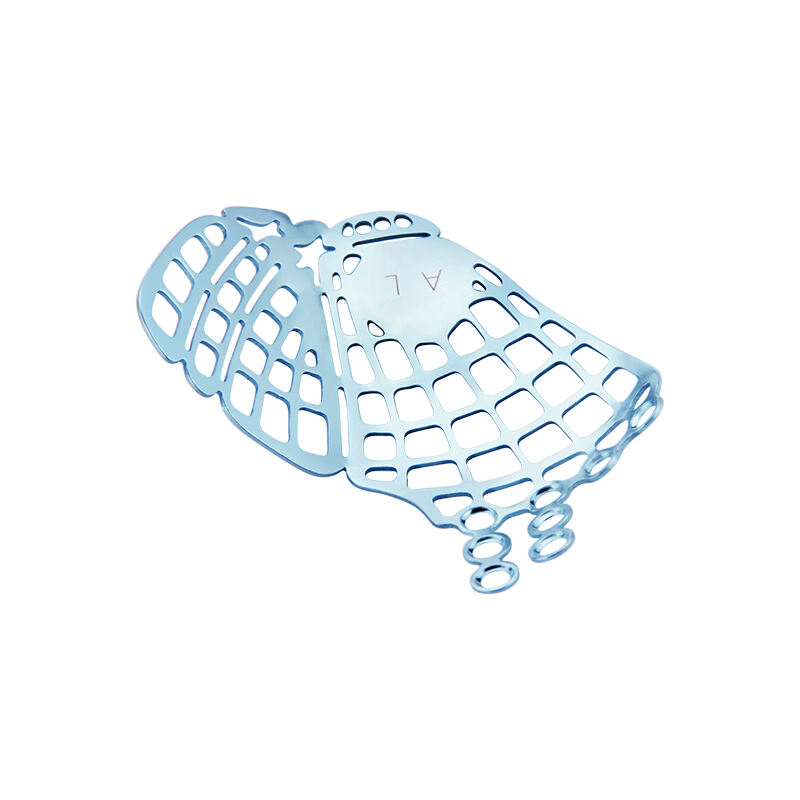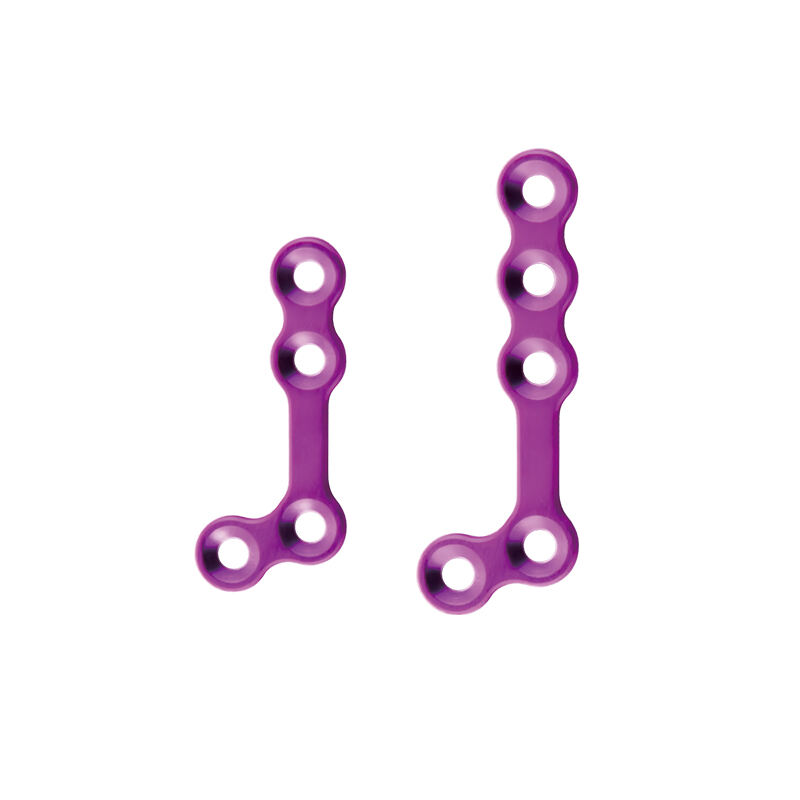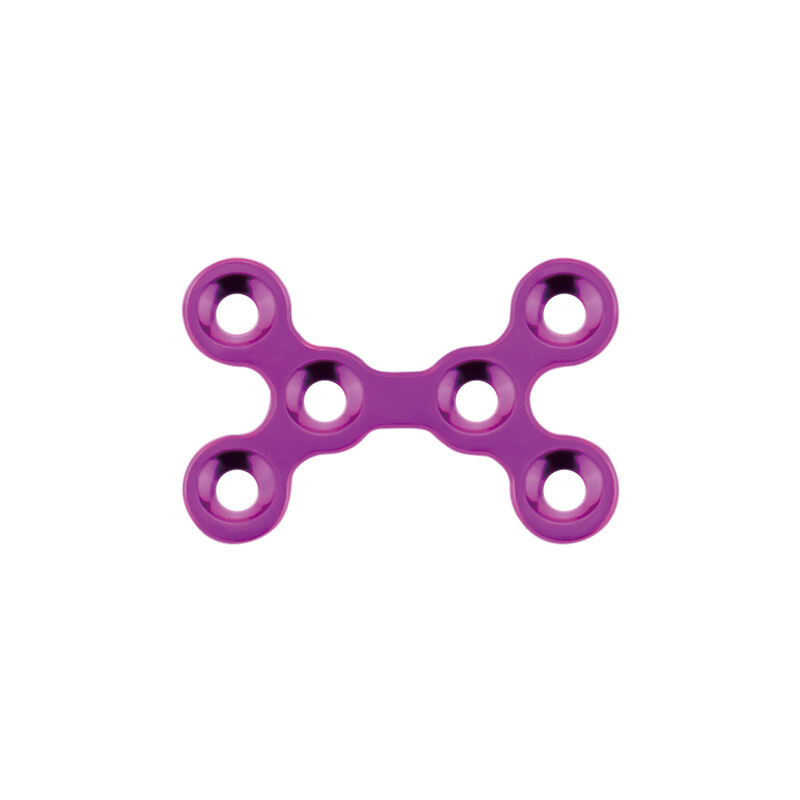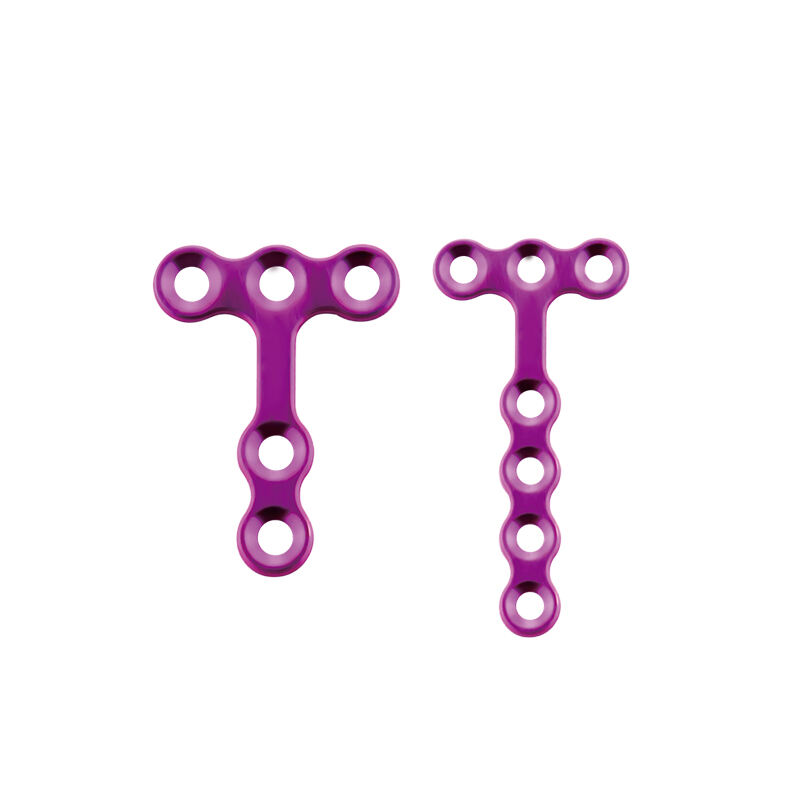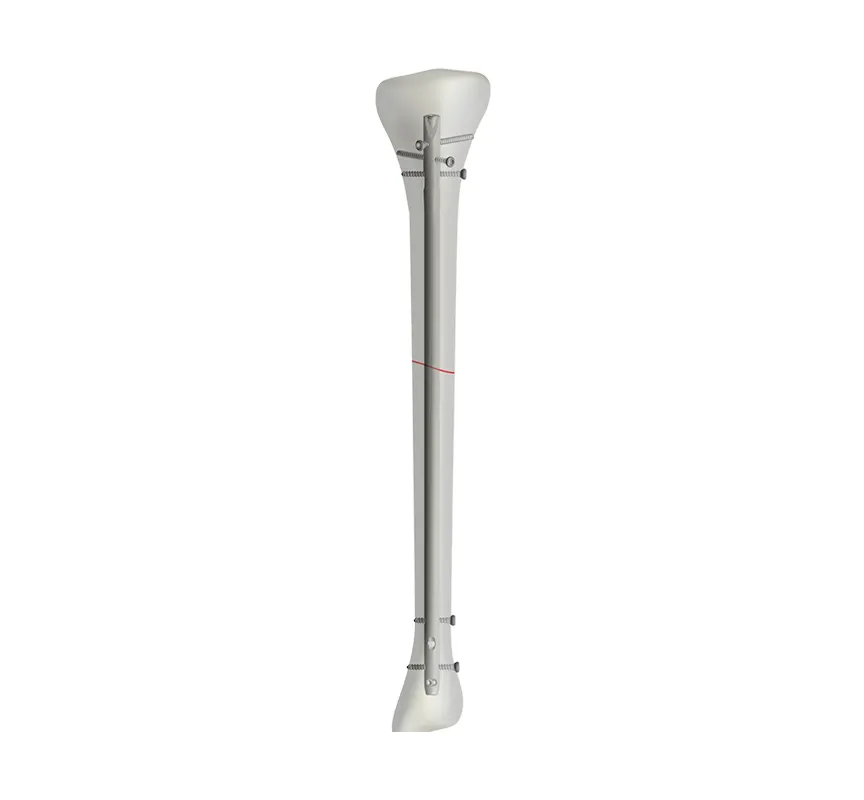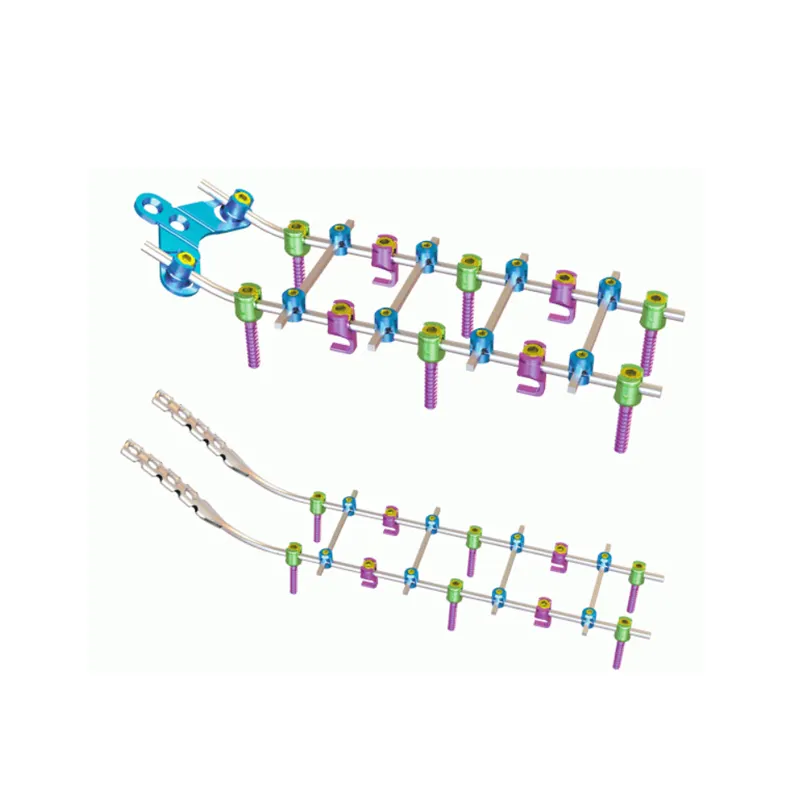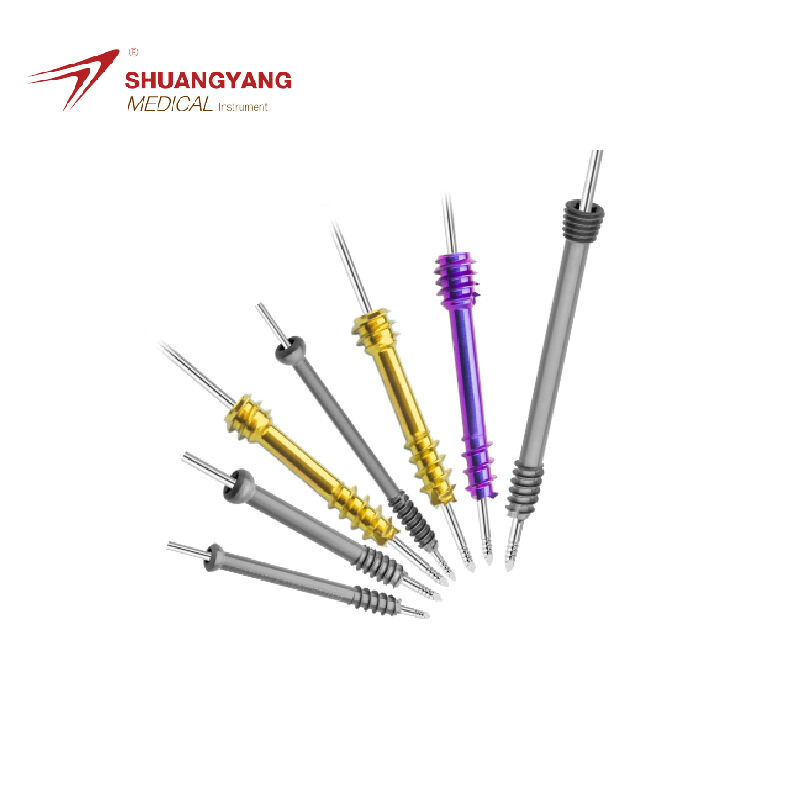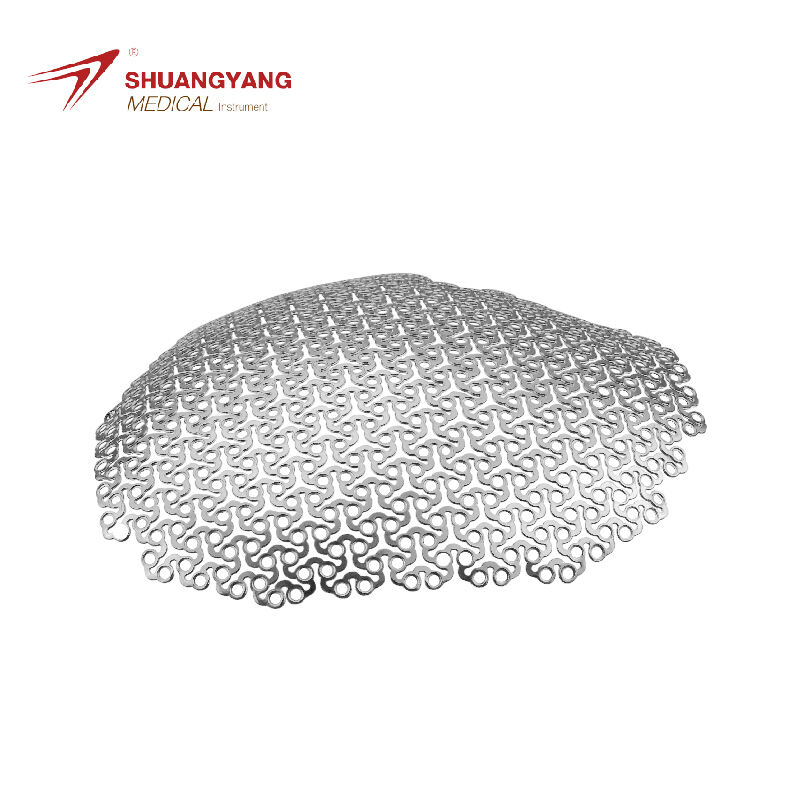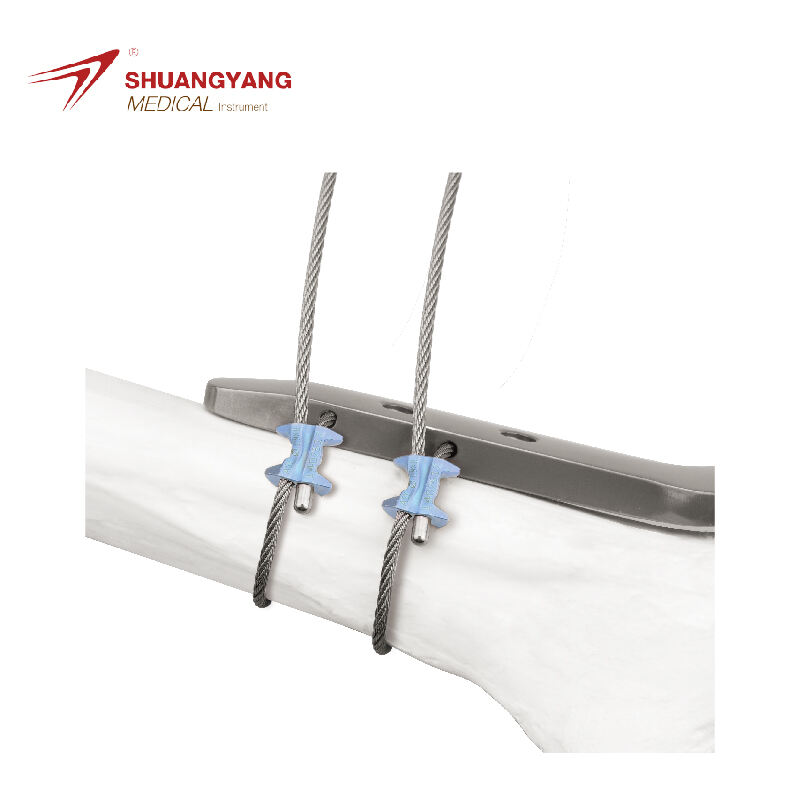medial proximal tibia plate
The medial proximal tibia plate is an advanced orthopedic implant designed to provide stability and support to the tibia's upper region, specifically the medial side. Its main functions include the fixation of fractures, the realignment of bones, and the support of surgical repairs in the tibial area. Technologically, the plate is crafted from high-grade, biocompatible materials that resist corrosion and promote osseointegration. It features a low-profile design that minimizes soft tissue irritation, and its unique screw locking mechanism ensures a secure and stable fixation. This plate is widely used in trauma and reconstructive surgeries, making it a vital tool for orthopedic professionals.
 EN
EN
 FR
FR
 ES
ES
 AR
AR

